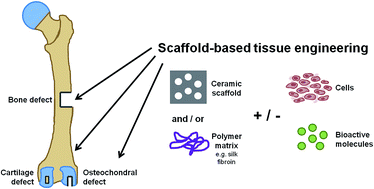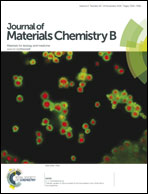Scaffold-based regeneration of skeletal tissues to meet clinical challenges
Abstract
The management and reconstruction of damaged or diseased skeletal tissues have remained a significant global healthcare challenge. The limited efficacy of conventional treatment strategies for large bone, cartilage and osteochondral defects has inspired the development of scaffold-based tissue engineering solutions, with the aim of achieving complete biological and functional restoration of the affected tissue in the presence of a supporting matrix. Nevertheless, significant regulatory hurdles have rendered the clinical translation of novel scaffold designs to be an inefficient process, mainly due to the difficulties of arriving at a simple, reproducible and effective solution that does not rely on the incorporation of cells and/or bioactive molecules. In the context of the current clinical situation and recent research advances, this review will discuss scaffold-based strategies for the regeneration of skeletal tissues, with focus on the contribution of bioactive ceramic scaffolds and silk fibroin, and combinations thereof, towards the development of clinically viable solutions.


 Please wait while we load your content...
Please wait while we load your content...